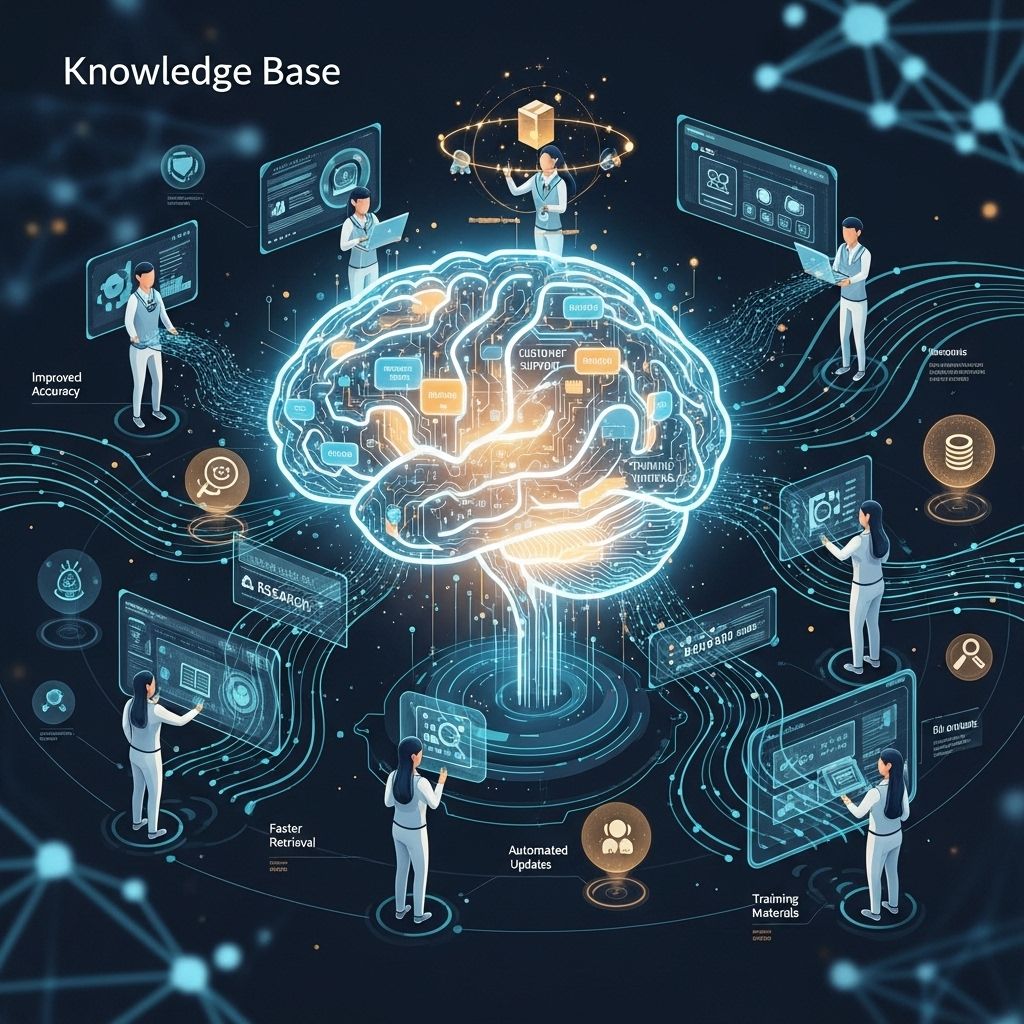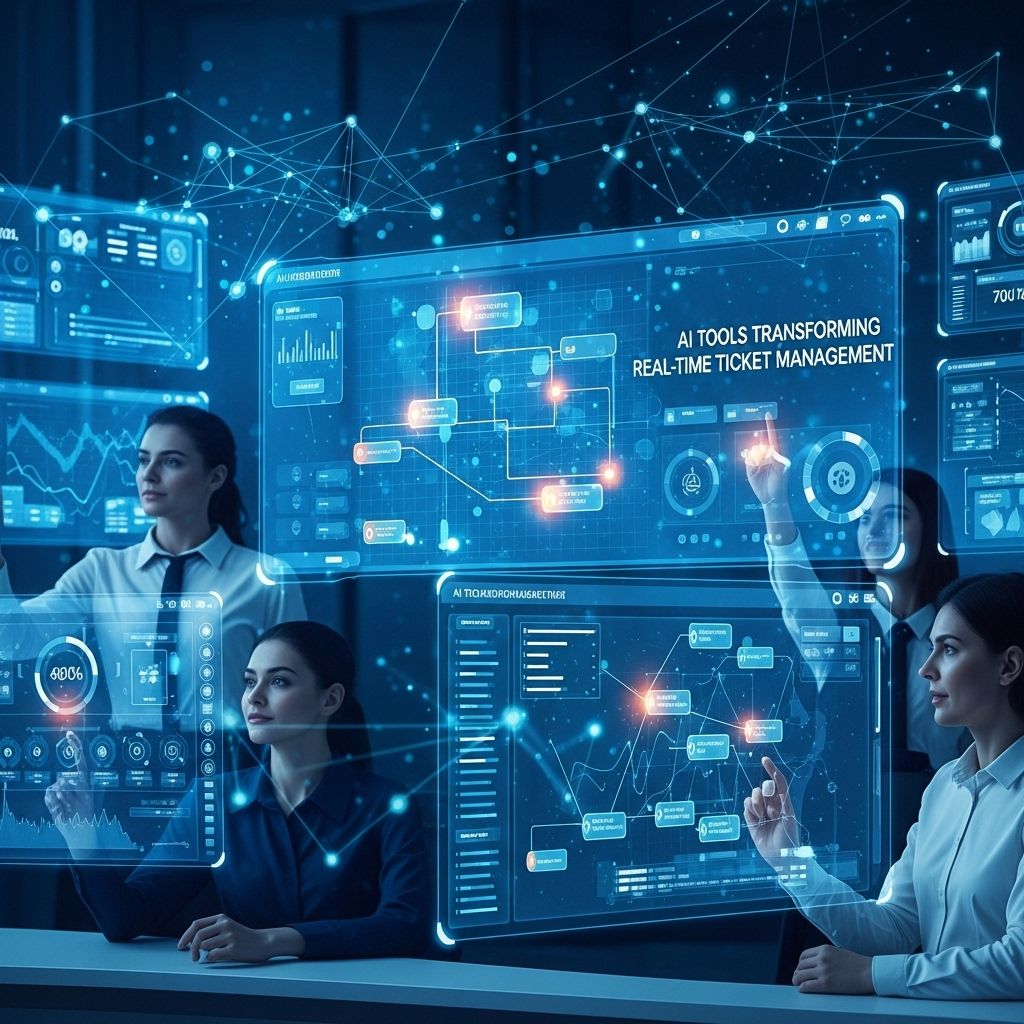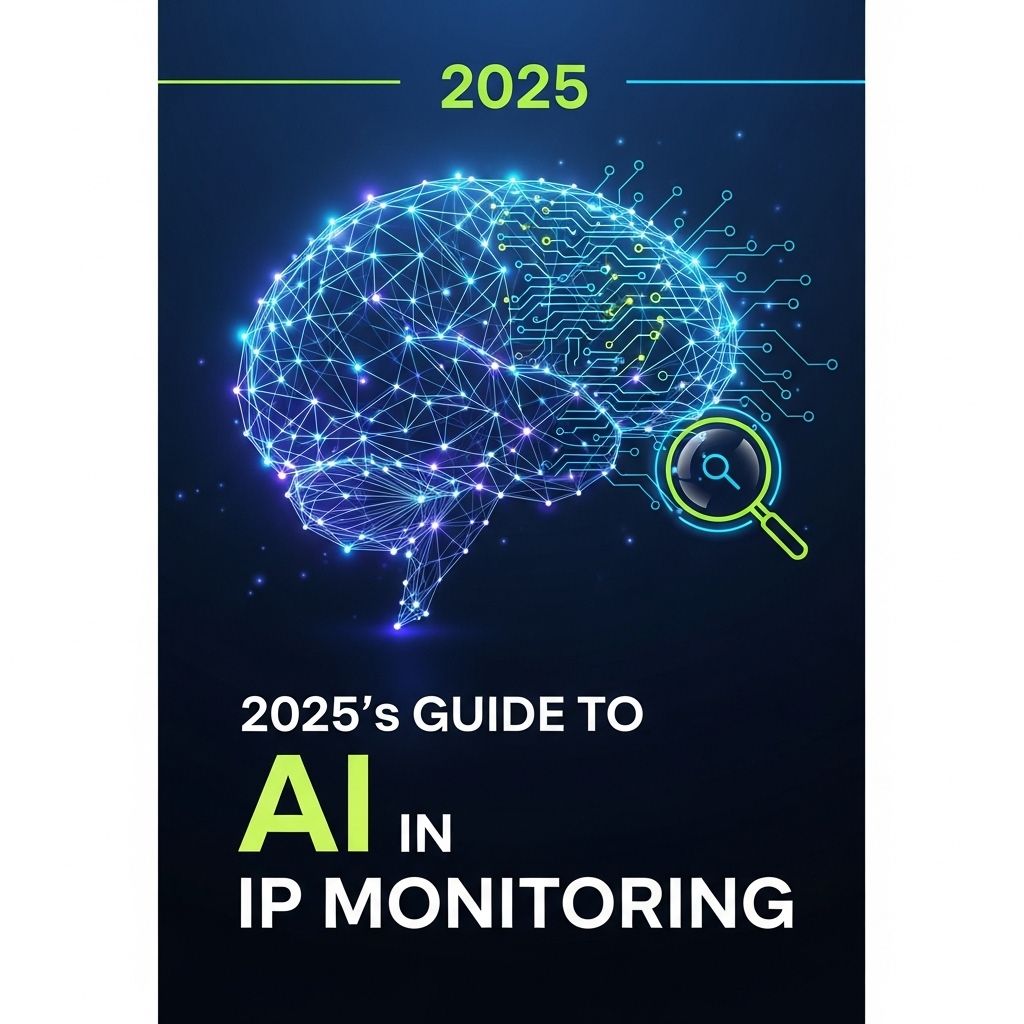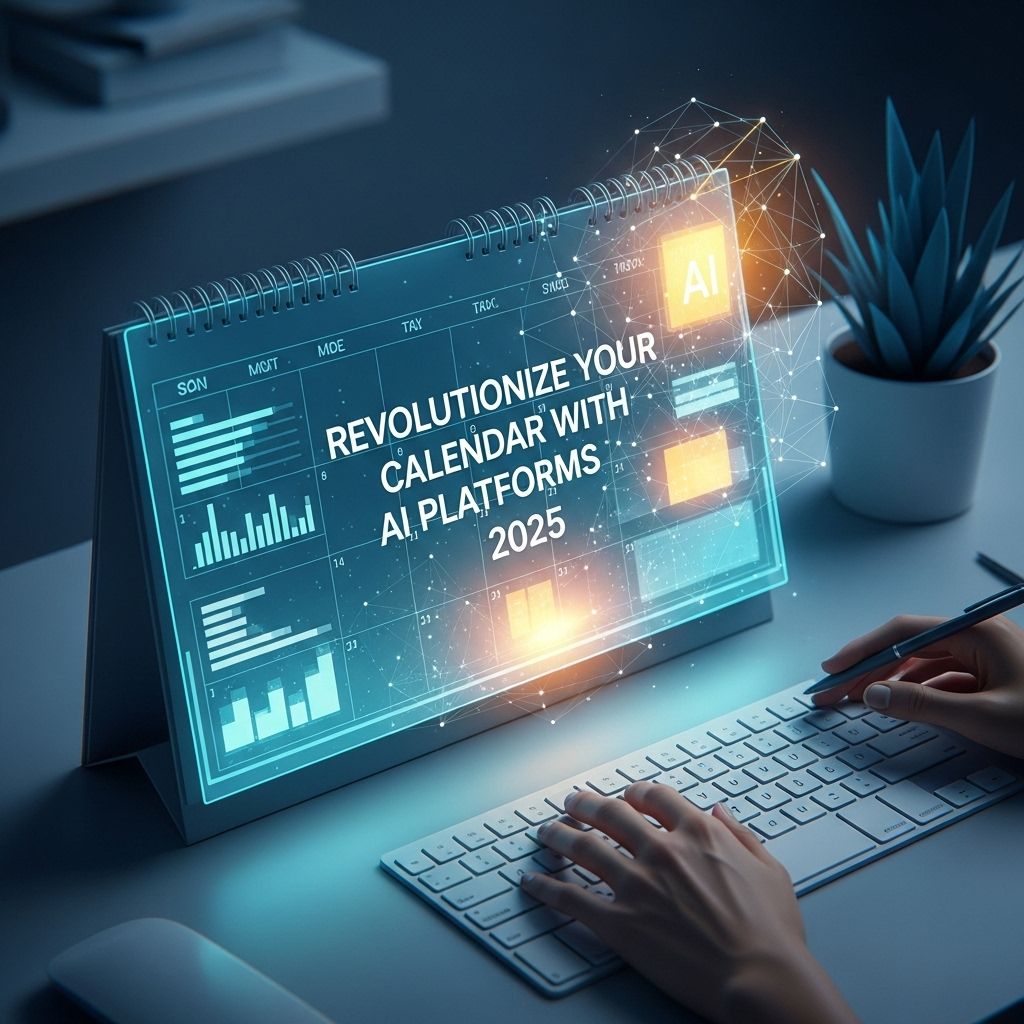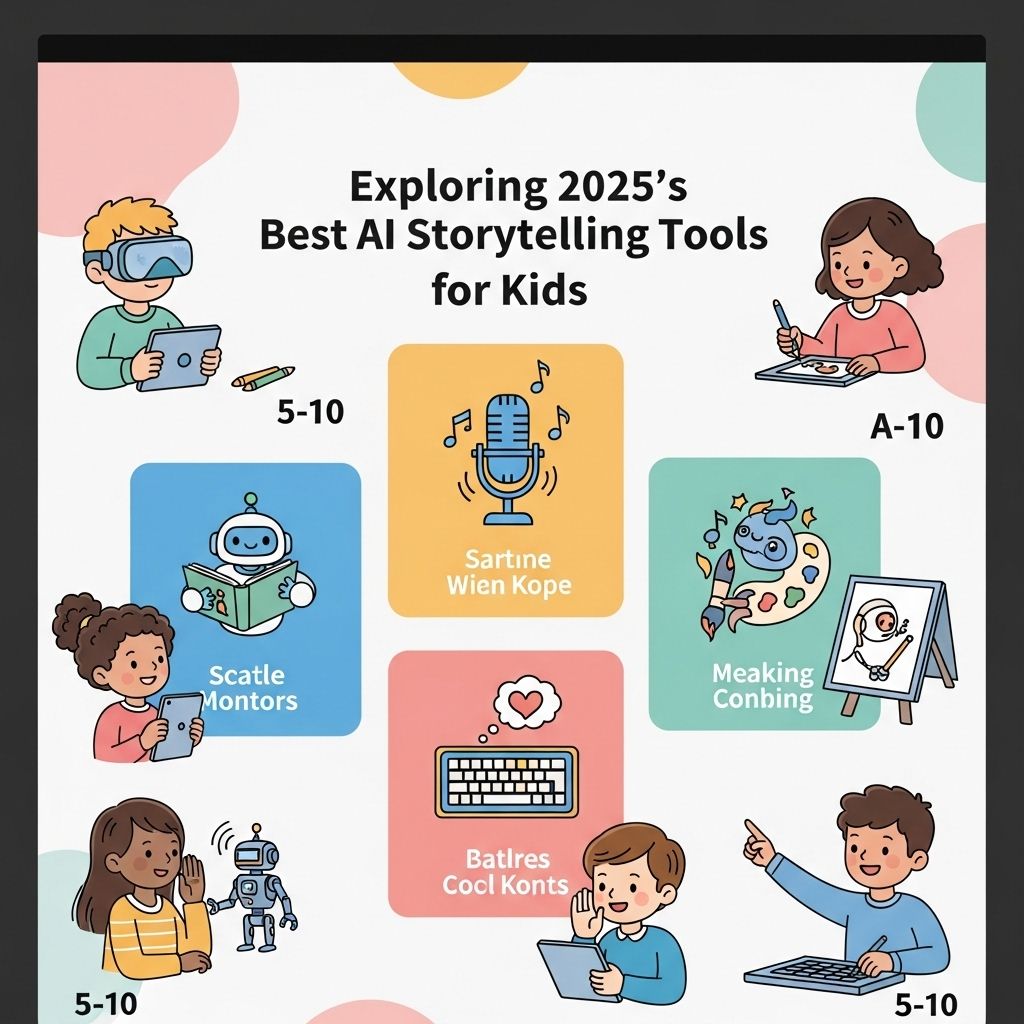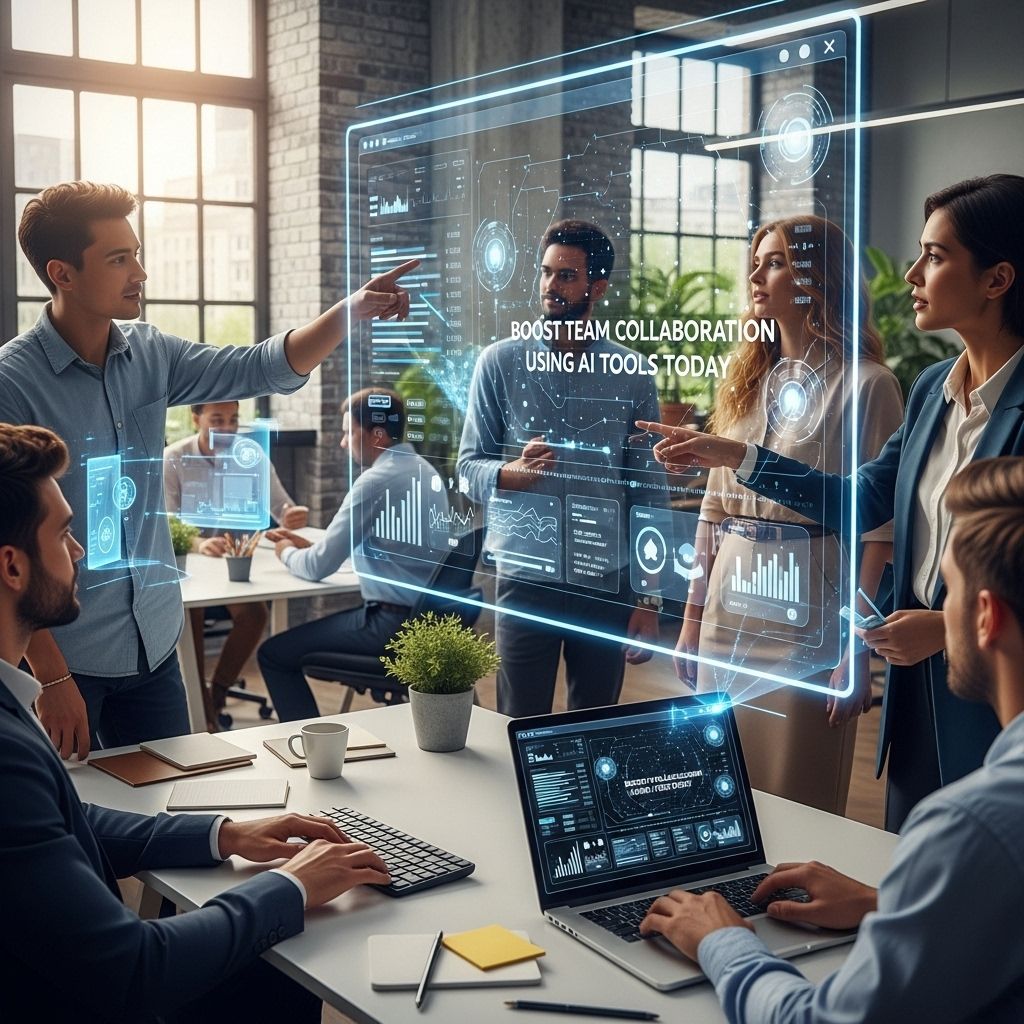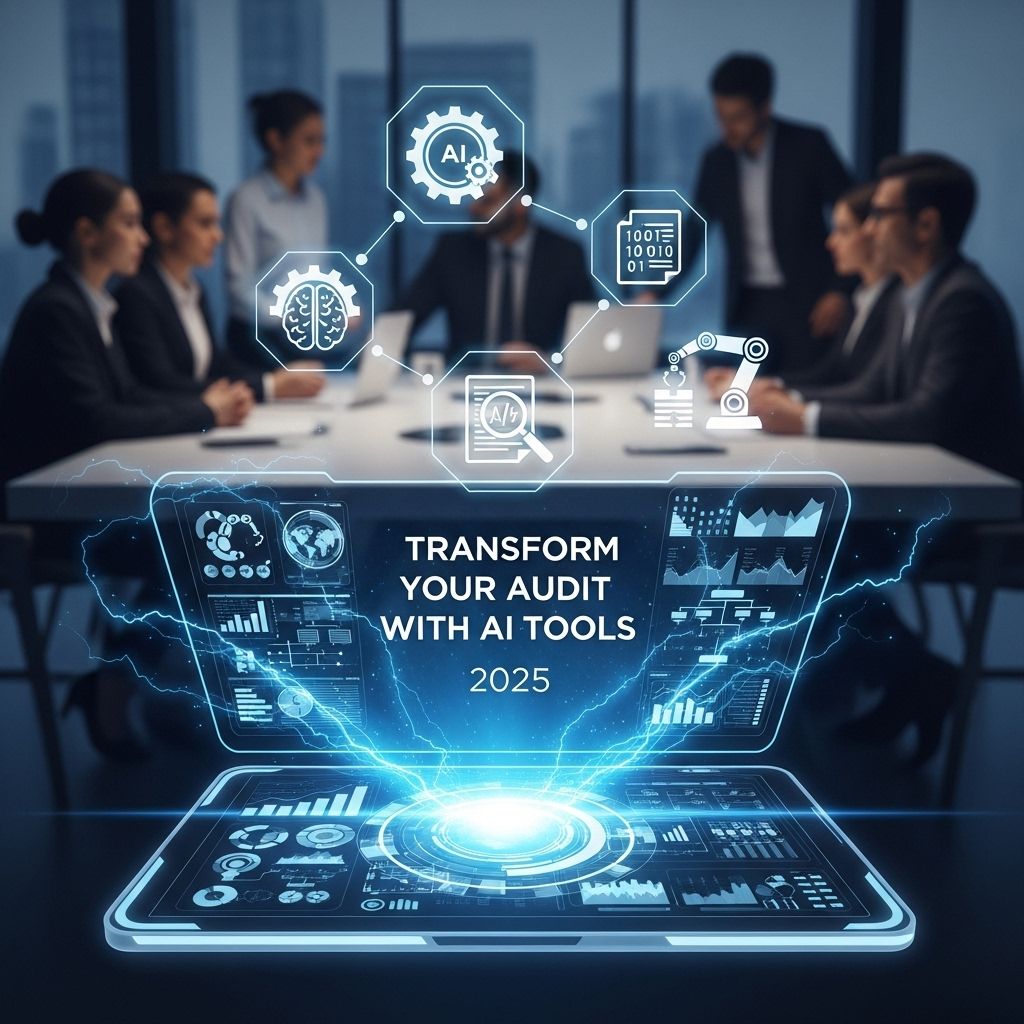Unlocking Legacy Application Modernization in 2025
Explore strategies and insights for modernizing legacy applications in 2025 to enhance efficiency and performance.
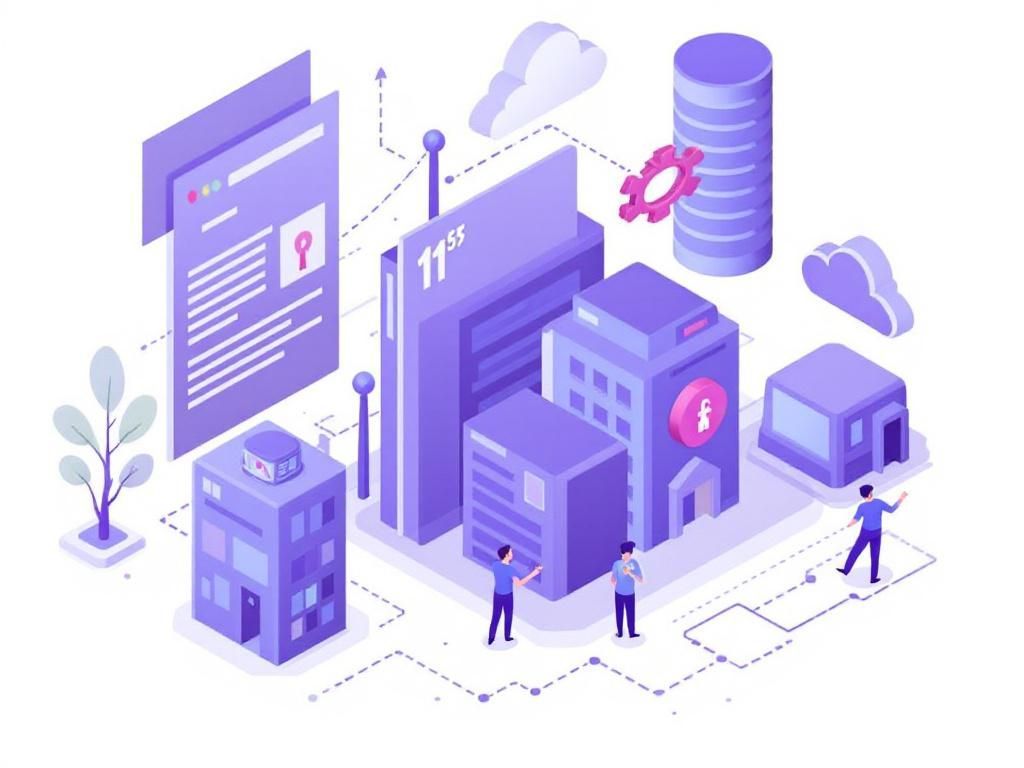
In the rapidly evolving landscape of technology, businesses are increasingly confronted with the need to modernize their legacy applications. These older systems, while essential for day-to-day operations, often hinder agility and innovation. As we look towards 2025, the imperative to transition to modern frameworks, architectures, and practices is more critical than ever.
Table of Contents
Understanding Legacy Applications
Legacy applications refer to outdated computer systems that are still in use, often built on deprecated technologies. They play an integral role in an organization’s operations, but their limitations can stifle growth and innovation. Here are some common characteristics:
- Built on outdated technology stacks
- Hard to integrate with modern systems
- High maintenance costs
- Limited scalability and flexibility
The Need for Modernization
Modernizing legacy applications is not just about technology; it’s about aligning business processes with current market demands. Key drivers for modernization include:
1. Increased Agility
Modern applications allow organizations to respond quickly to market changes and customer needs. By adopting agile methodologies, businesses can enhance their development and deployment processes.
2. Cost Efficiency
Maintaining legacy systems can be financially burdensome. Modern applications, often hosted in the cloud, reduce infrastructure and operational costs.
3. Enhanced Security
Legacy applications are often prone to security vulnerabilities. Modern systems come equipped with better security features and protocols, protecting businesses from potential threats.
4. Improved User Experiences
Modern applications provide intuitive interfaces and functionalities that enhance overall user experience, catering to the expectations of today’s tech-savvy consumers.
Modernization Strategies
There are several strategies organizations can adopt for legacy application modernization:
1. Rehosting
This involves moving the application to a cloud environment without making significant changes to its architecture. It is often referred to as “lift and shift.” This approach is quick and less disruptive but may not fully leverage cloud capabilities.
2. Refactoring
Refactoring modifies the existing code to improve its structure and performance without changing its external behavior. This strategy allows businesses to optimize their applications for modern environments.
3. Replacing
In some cases, it may be more effective to replace a legacy application with a new solution that meets current requirements. This approach often involves significant investment but can yield long-term benefits.
4. Retiring
Not all applications need to be modernized. If an application no longer serves a business purpose, retiring it can save resources and reduce complexity.
Key Technologies Enabling Modernization
As we move into 2025, several technologies will play pivotal roles in enabling the modernization of legacy applications:
| Technology | Description | Benefits |
|---|---|---|
| Cloud Computing | Using remote servers hosted on the internet to store, manage, and process data. | Scalability, cost savings, and flexibility. |
| Microservices | An architectural style that structures an application as a collection of loosely coupled services. | Improved scalability and faster deployment times. |
| Containerization | Encapsulating an application and its dependencies into a container that can run on any computing environment. | Consistency across environments and efficient resource utilization. |
| APIs | Application Programming Interfaces enable different software entities to communicate and integrate. | Enhanced interoperability and faster integration of services. |
Challenges in Modernizing Legacy Applications
While the benefits of modernization are clear, organizations must navigate several challenges, including:
1. Resistance to Change
Employees accustomed to legacy systems may resist transitioning to new technologies due to fear of the unknown.
2. Data Migration
Transferring data from legacy systems to modern architectures can be complex and fraught with risks, including data loss.
3. Integration Issues
Ensuring that new applications integrate seamlessly with existing systems can be a significant hurdle.
4. Cost Considerations
The initial investment required for modernization can be substantial, which may deter organizations from undertaking the transition.
Best Practices for Successful Modernization
To navigate these challenges effectively, organizations should consider the following best practices:
1. Develop a Clear Strategy
Define the modernization goals, scope, and timeline to guide the process effectively.
2. Involve Stakeholders
Engage all relevant stakeholders in the planning process to ensure buy-in and support.
3. Prioritize Security
Integrate security considerations from the outset to protect sensitive data during the transition.
4. Monitor and Optimize
Continuously monitor the performance of modernized applications to identify areas for further optimization.
Conclusion
As we approach 2025, the modernization of legacy applications will no longer be a choice but a necessity for organizations aiming to thrive in a digital-first world. By leveraging modern technologies and strategies, businesses can overcome the challenges posed by outdated systems and unlock their full potential. Embracing this transformation will not only enhance operational efficiency but also position organizations for future growth and innovation.
FAQ
What is legacy application modernization?
Legacy application modernization refers to the process of updating outdated software applications to improve performance, enhance functionality, and ensure compatibility with current technologies.
Why is legacy application modernization important in 2025?
In 2025, modernizing legacy applications is crucial for organizations to remain competitive, adapt to evolving market demands, and leverage new technologies like cloud computing and AI.
What are the common challenges in modernizing legacy applications?
Common challenges include data migration, integrating with new systems, ensuring security, managing change resistance, and maintaining business continuity during the transition.
What strategies can be used for successful legacy application modernization?
Successful strategies include adopting a phased approach, utilizing cloud solutions, implementing microservices architecture, and engaging stakeholders throughout the process.
How can organizations measure the success of their modernization efforts?
Organizations can measure success through key performance indicators such as improved application performance, reduced operational costs, user satisfaction, and enhanced agility in business processes.

